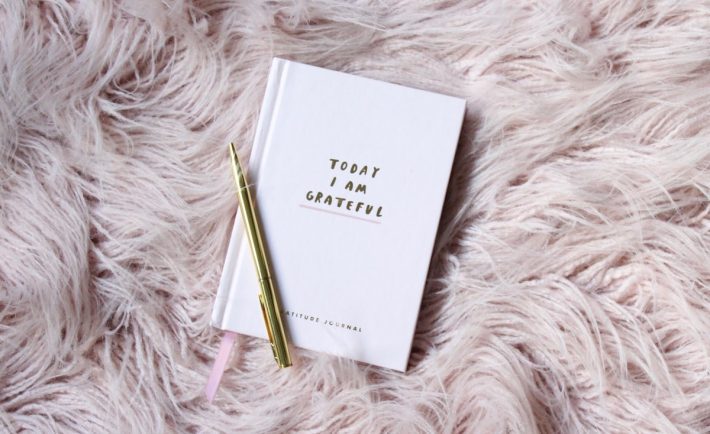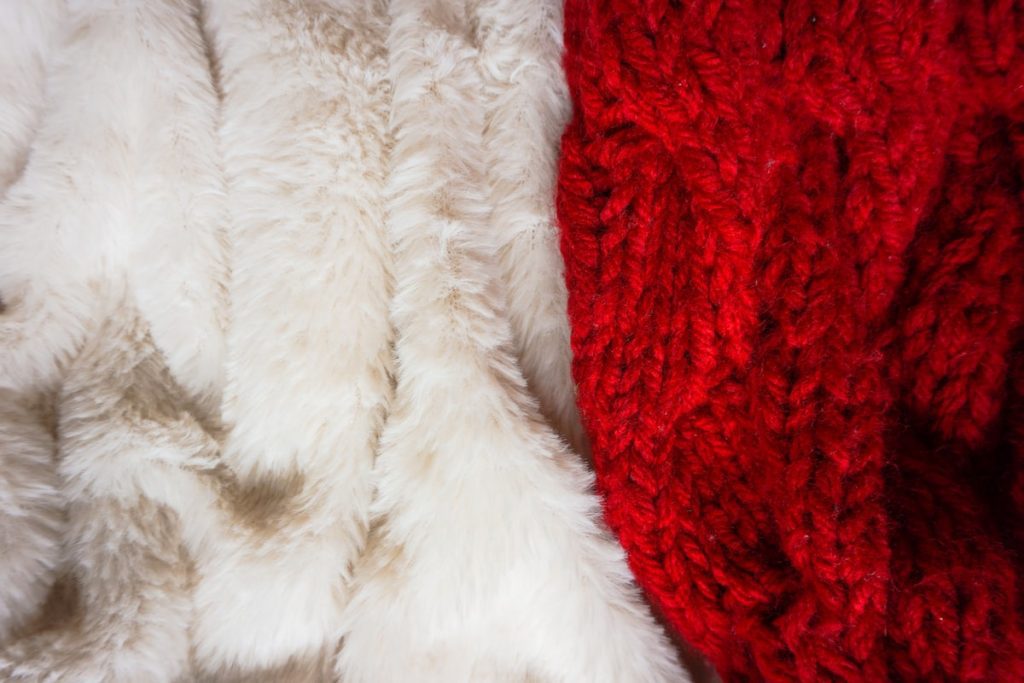
Faux fur has been around for centuries, but it wasn’t until the 20th century that it became widely available and popular. Faux fur is a type of fabric made to look like animal fur. It was first created using a process for bonding nylon and rayon fibers to create synthetic fur. Faux fur became popular during World War II when it was used to make military uniforms. After the war, it began to be used in clothing and accessories for everyday wear. Today, faux fur is widely available and is often used as an alternative to real animal fur. Keep reading to learn more about the history of faux fur fabric and how it has evolved.
What is the history of faux fur?
The history of faux fur fabric is a long and interesting one. Faux fur fabric didn’t become popular until the early 1900s when it was used to create coats, hats, and other garments. At first, faux fur fabric was made from various materials, including cotton, wool, and silk. However, it wasn’t long before that faux fur fabric was made from acrylic, which is the material that is most commonly used today. There are a few reasons why faux fur fabric became so popular. For one, it’s affordable and warm. Additionally, faux fur fabric doesn’t have the same animal rights issues as real fur, so many people use it instead.
Over the years, faux fur fabric has evolved to become more and more realistic. Many people can’t tell the difference between faux fur fabric and real fur. This is mainly because the quality of faux fur fabric has improved dramatically over the years. As faux fur fabric continues to evolve, it’s becoming increasingly popular.
How can you tell the difference between real vs. fake faux fur fabrics?
The difference between real and fake faux fur fabrics can be challenging to detect, but there are a few ways to tell the difference. One way is to look at the fabric closely and see if it has a nap or pile. Faux fur will have a short nap, while real fur will have a longer nap. Another way to tell is by feeling the fabric; faux fur will be much smoother than real fur.
How is faux fur fabric produced?

The faux fur fabric production methods have evolved over the years to become more efficient and environmentally friendly. The most common method of faux fur production is still to use a piece of cloth as a backing and then pile fiber on top of that. The fibers can be synthetic or natural hair, but acrylic is most commonly used because it’s inexpensive and readily available.
The first step in producing faux fur fabric is to cut the backing cloth to the desired size. Then, a layer of hot melt adhesive is applied to one side of the cloth. The adhesive helps keep the fibers in place and ensures they will not shift during the next step. Next, the acrylic fibers are piled on top of the adhesive in whatever pattern you desire. It’s important to ensure no gaps between the fibers, or else you will end up with an uneven finished product.
Once all the fibers have been added, the second layer of hot melt adhesive is applied over the top. This helps secure everything in place and prevents any stray fibers from coming loose. Finally, the faux fur fabric is allowed to cool and harden completely before being trimmed into shape.
The history of faux fur fabric and its evolution is an important topic because it showcases the development of a synthetic material that is now commonly used in the fashion industry. Faux fur fabric has come a long way since it was first developed and is now considered a high-quality, luxurious material.




